Hiking Trails
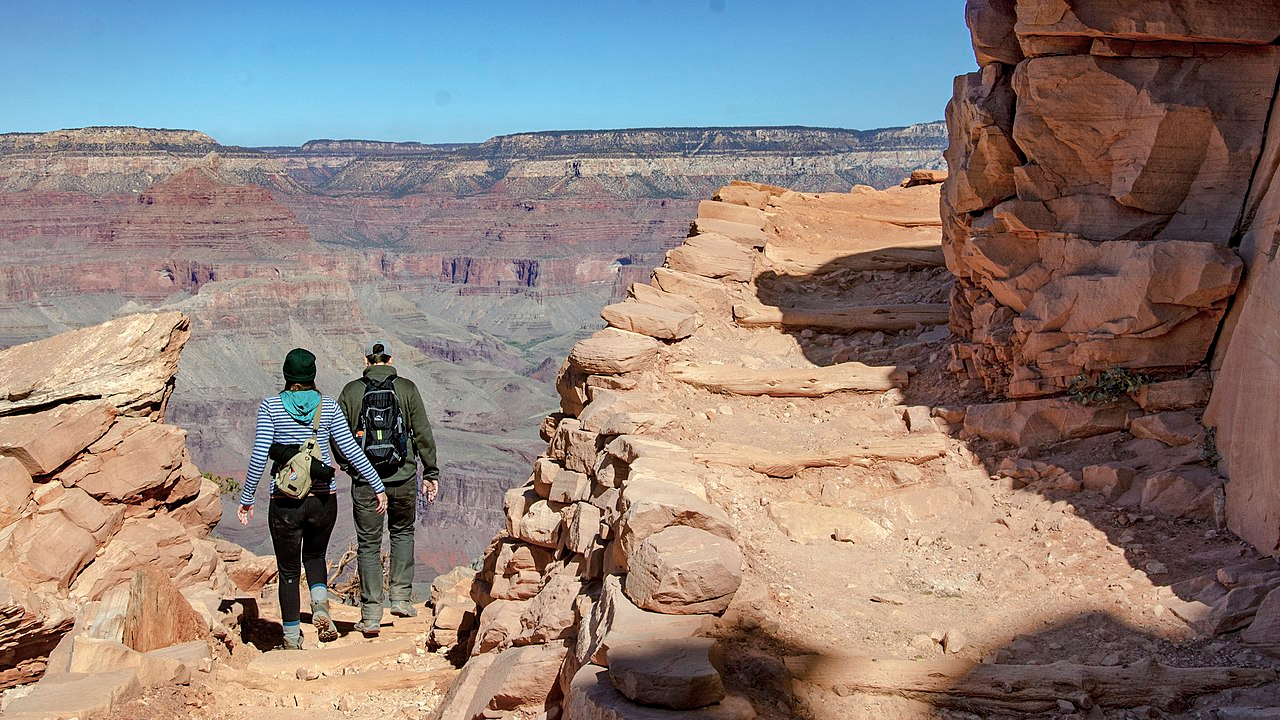
“The Corridor Trails”, Grand Canyon NPS, (CC BY 2.0)
If you’re a hiker, then chances are that you’ve encountered switchbacks before without even realizing it.
As the most efficient way for hikers to travel up and down steep terrain, switchbacks seem like something that should be obvious – but there’s more to them than meets the eye! In this blog post, we’ll explain what these winding mountain pathways really are and discuss how they can benefit all kinds of hikers from experts to beginners.
Read on if you want to learn how switchbacks might make your hiking experiences easier (and more enjoyable)!
History of Switchbacks

“Bucolic late winter scene of the Terrace Trail,” J. Johnson , (CC BY-SA 3.0)
Before the invention of switchbacks, hiking was a grueling and punishing exercise. Before hikers traversed to mountain peaks, they had to scale cliffs and dangerous slopes that were often too slippery and unpredictable for any safe climb.
At some point in time, an ingenious hiker had the idea to take those perilous ascents and descents and “switch back” – essentially creating a zigzag path that is much safer, gentler, and more precise. Thus, the switchback was born!
Over centuries, hikers have improved the design of switchbacks to make them as efficient and safe as possible. Nowadays, switchbacks are widely used in hiking trails around the world as an effective way to get to the top of mountains.
It’s amazing how a single idea can revolutionize something as ancient and important as hiking. Now, thanks to switchbacks, we can all enjoy the beauty of nature safely without fear of slipping or falling off dangerous paths!
So next time you’re out in the wilderness, take a moment to appreciate the wonderful invention of switchbacks. They truly make hiking what it is today – one of the most beloved activities around!
Switchback VS. Direct Hike
A switchback is a hiking trail that offers a more gradual and meandering ascent than a direct route. It’s characterized by a series of flat or gently sloped sections interspersed with steeper climbs.
Switchbacks are designed to help you reach the summit without being overwhelmed by the steepness of the climb and to help reduce fatigue and the risk of injury. It’s also less taxing on the environment.
The direct route might be shorter in distance, but it could take much longer to complete and would often require more climbing gear and physical strength.
So while you can get to the summit faster with a direct route, going the switchback is the more enjoyable—and accessible—option. Plus, you get to take in some beautiful scenery on the way! That’s a win-win in our book. So next time you’re headed for that peak of yours, remember: it’s better to go around than over.
Tips on preparing for a switchback
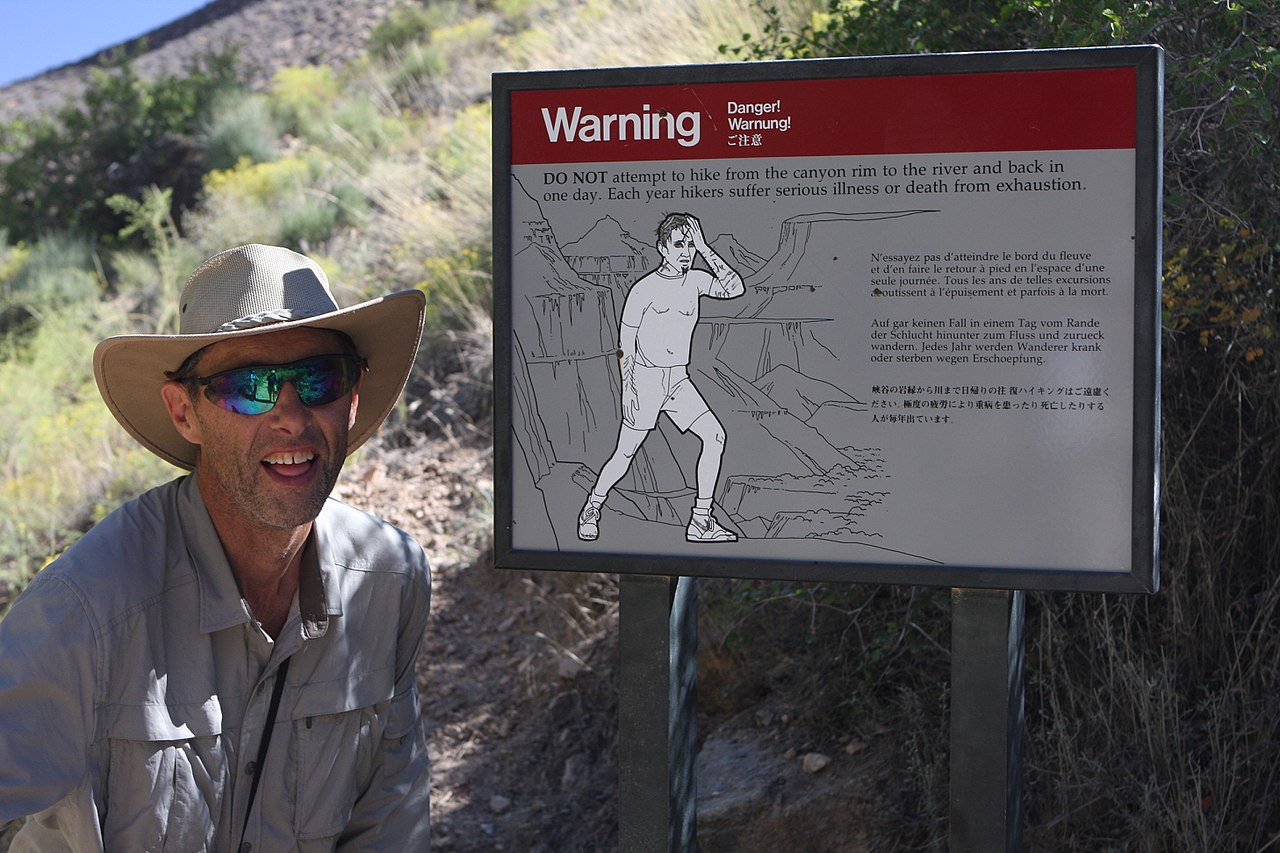
“Heat exhausttion is a serious issue in the Grand canyon”, brewbooks, (CC BY-SA 2.0)
1. Research the route:
Before you set out on your switchback hike, make sure to research the terrain and route ahead of time so you can plan accordingly. Check the weather forecast and try to pick days that have optimal conditions for a safe and successful hike.
2. Pack light:
Overpacking can be a common mistake while hiking, so try to only bring the essentials and leave any unnecessary items at home. This will help make your trek easier and more enjoyable.
3. Wear supportive shoes:
Investing in a good pair of hiking boots or trail running shoes is essential if you plan to tackle switchbacks. Make sure they are comfortable and supportive, and provide good traction so you don’t slip and slide while navigating the inclines.
4. Take breaks:
It can be tempting to push yourself when hiking, but it’s important to take regular breaks to reenergize and stay alert. This will help prevent exhaustion and ensure that you reach the top in one piece.
Don’t Underestimate The Trail
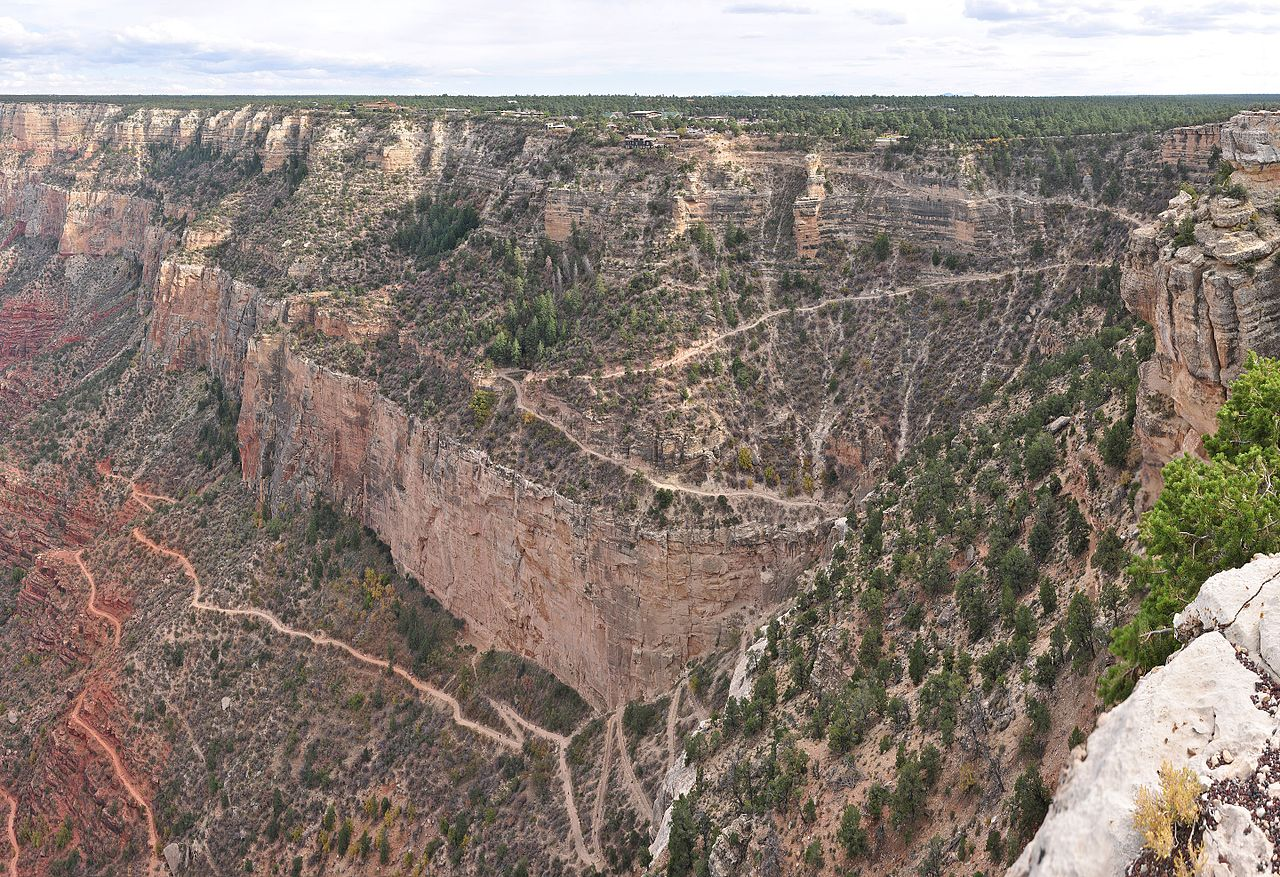
“Bright Angel Trail”, Grand Canyon National Park, ( CC BY 2.0)
A switchback is a zig-zag pattern that helps you to climb up steep terrains without losing their breath. It also helps keep the impact of the hike easier on your body by reducing the steepness of the trail and helping you gain elevation gradually.
Switchbacks are designed into many trails, both easy and difficult hikes, so it’s important to pay attention while you’re hiking and make sure you don’t miss one.
That being said, don’t underestimate the switchback! It may be designed to make your hike easier, but failing to properly negotiate a switchback can cost you both time and energy.
To ensure success on your next outdoor adventure, take some time beforehand to review the map and familiarize yourself with any switchbacks you may encounter.
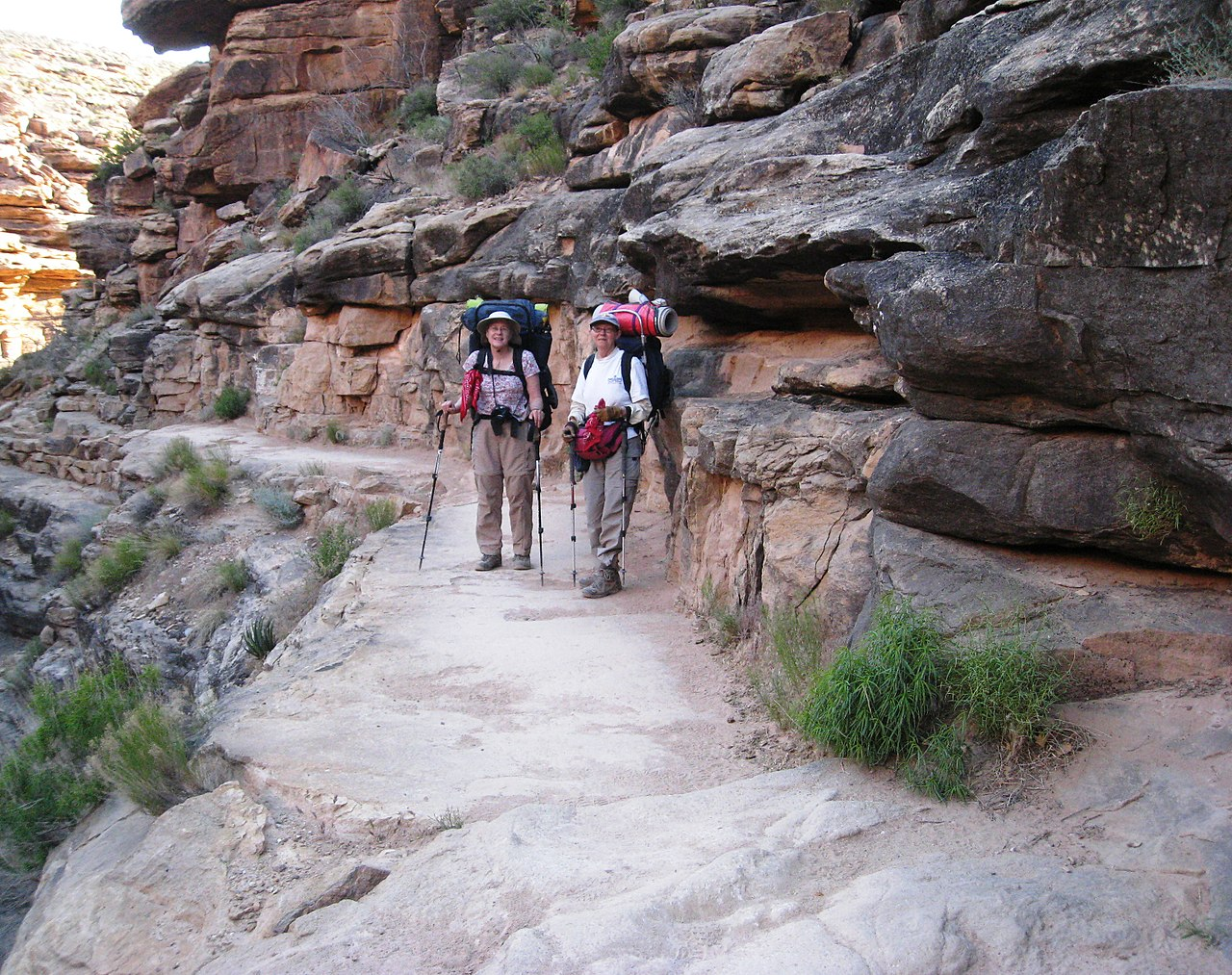
“South2North Day 2”, brewbooks, (CC BY-SA 2.0)
How to overcome a strenuous hike with switchbacks
1. Pace yourself: While switchback hikes can be long and strenuous hike sometimes, it’s important to maintain a steady pace and take short breaks when needed to prevent exhaustion. Don’t forget to enjoy the journey—a slow and steady approach is key to successful switchback hiking.
2. Listen to your body: If you start to feel overwhelmed, take a break and assess how you are feeling. It’s okay to take your time—take some deep breaths and focus on the task at hand.
3. Stay hydrated: Make sure you bring plenty of water and drink frequently throughout your hike to prevent dehydration. Eating snacks with electrolytes like nuts or fruit can also help to keep your energy levels up.
4. Don’t forget safety: Although it may be tempting to push yourself, try not to overexert yourself and always practice caution when navigating switchbacks. Bring a first-aid kit and know the basics of navigation just in case you need them.
By following these tips, you’ll be well on your way to tackling any steep mountain switchback hike with ease.
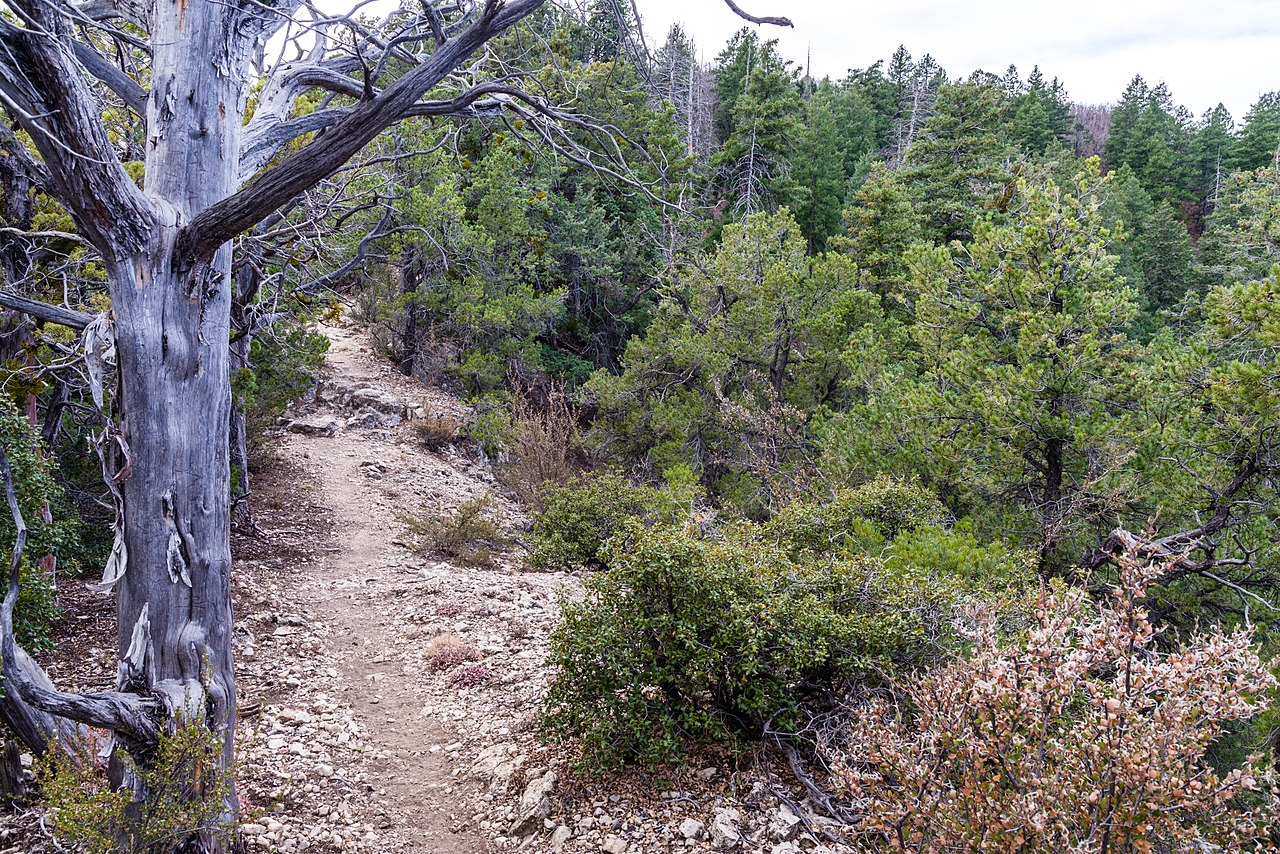
“The Munds Mountain Trail,” Coconino National Forest, (CCO 1.0)
Use Your Hiking Poles
If you’ve got a trekking pole or poles with you, don’t forget to use them! They can be a great help when negotiating switchbacks by providing extra balance and stability. Just make sure that your poles aren’t blocking the path for others by causing any disruptions in the nature around you.
Stay Alert. Switchbacks are common on rocky terrain, so it’s important to stay alert and watch your step. Not only can this help you maintain your balance and avoid injuries, but it also helps protect the environment around you by avoiding any unnecessary damage to vegetation or wildlife.
Are There Downsides to Switchbacks In Hiking?
While switchbacks can offer a scenic and challenging journey, they can also be potentially dangerous if not undertaken with caution. Some of the most common risks include slipping or falling on wet or loose rocks, over-exertion, dehydration, and muscle strain.
Therefore, it is important to make sure you are well prepared for any switchback hike before setting out. Research the route, pack light, and only bring essential items, wear supportive shoes hiking socks, and be sure to stay hydrated throughout your journey.
Overall, switchbacks can offer an incredible hiking experience if taken on with caution and preparation. So lace up those boots and get ready for an outdoor adventure together!
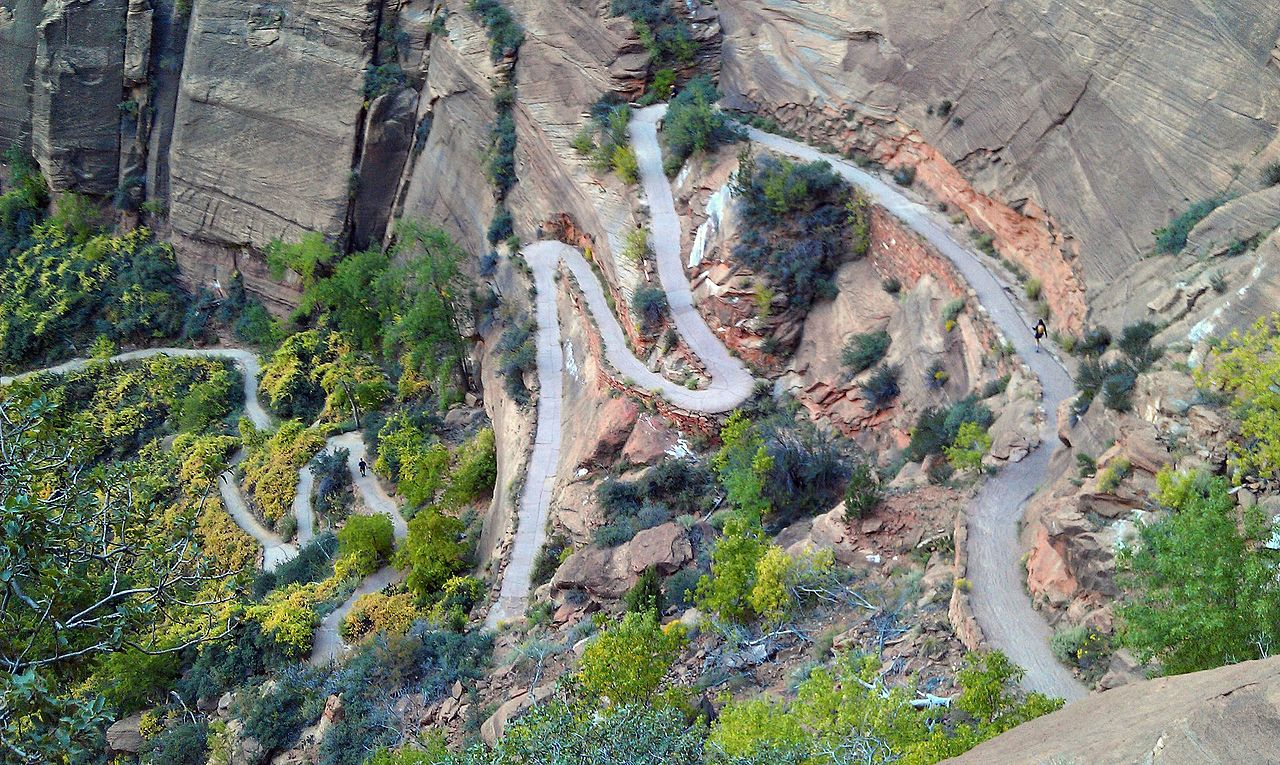
“Switchbacks on Angels Landing Trail – Zion National Park”, The Dye Clan, (CC BY-SA 3.0)
Switchback Trail Etiquette
1. Stay on the trail: When hiking switchbacks, stay on the marked trails and do not take shortcuts to save time hiking effort. Not only is this a courtesy to others, but it also helps preserve the environment and prevent erosion.
2. Step aside for others: If you spot another hiker coming up or down the trail, step aside and let them pass. This will help prevent any collisions or disruptions.
3. Pack out what you pack in: If you bring snacks or other items with you, make sure to dispose of your trash properly—leaving garbage behind can be hazardous for other hikers and wildlife alike.
4. Respect wildlife: Be aware of your surroundings and respect any wildlife you may come across. Try to keep a safe distance, as animals can be unpredictable or dangerous if approached too closely.
By being mindful of these etiquette guidelines, you can make sure that everyone has an enjoyable and safe switchback experience.

Habit with Forest on trail clouds and fog retreating at Switchbacks Halemauu Trail “Haleakala National Park, Maui, Hawaii”, Forest and Kim Starr, (CC BY 3.0 US)
Can you Cut Switchbacks?
Short-cutting switchbacks are generally discouraged, as they can damage the fragile environment and cause erosion. Not only this but taking shortcuts can be dangerous for inexperienced hikers.
The best thing to do is respect the trail and stick to the marked path—it may take a little longer, but it’s much safer in the long run.
So if you’re planning on tackling switchbacks during your next hike, remember to take it slow for an enjoyable experience.
Famous Switchback Trails
If you’re looking for some great switchback trails to explore, here are a few of the most popular ones:
-
- The Appalachian Trail (USA)
-
- Mount Kili Marine Drive (India)
-
- Moraine Lake Rockpile (Canada)
-
- L’Encyclopédie des Sentiers de Montagne: The Grand Muveran Hike (Switzerland)
-
- Fimmvörðuháls (Iceland)
-
- The Cable in Yosemite National Park.
-
- The Great Wall in China.
-
- The Inca in Peru.
-
- The Kalalau in Hawaii.
Be Prepared to Encounter Uneven Terrain
Switchbacks can often involve traversing steep and downhill lunges. Therefore, it is important to wear supportive shoes or boots with good traction. This will help you maintain your balance as you navigate the switchbacks and prevent any slips or falls.
It’s also a good idea to bring hiking poles if you are feeling particularly unsteady, as they can provide extra stability.
Finally, it is important to take regular breaks while tackling switchbacks—you don’t want to tire yourself out unnecessarily.

“From the South Kaibab Trail”, Grand Canyon National Park, (CC BY 2.0)
End Of The Trail
In conclusion, switchbacks are one of the key fundamentals in successful hiking. They represent more than just a simple hill or fallen tree: they represent an opportunity to overcome obstacles while still enjoying the beauty the nature has to offer.
Whether you’re just starting out as a hiker, or you’ve been doing it for awhile, don’t underestimate the power of a switchback. It could be your most trusted companion throughout your outdoor adventures. Who needs friends when you’ve got a trusty switchback?
All jokes aside, switching back on trails is essential for getting from point A to point B safely and efficiently. So remember: get familiar with understanding switchbacks and what they mean for your hike, because who knows when you might be taking one (hint: it may be sooner than you think)!
Read more articles here.
Generated with Pin Generator


